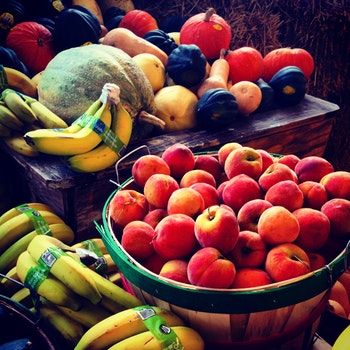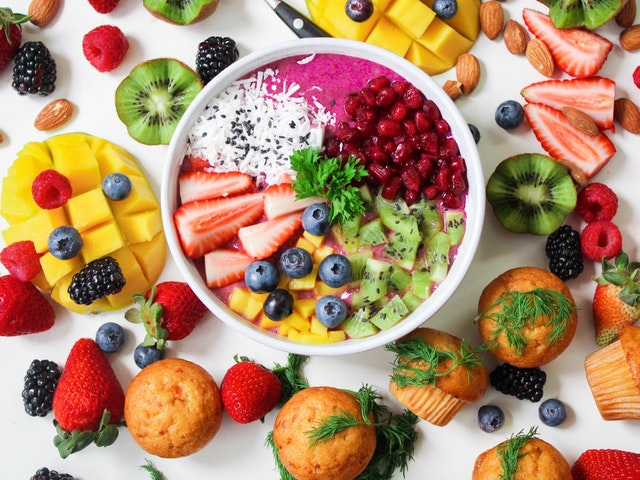Meal Plan
Food and Nutrition are an intrinsic part of what keeps us going. Some of us ‘eat to live’ while others ‘live to eat’! The problem, unfortunately with the latter, is that it starts showing on our body and the weighing scale fairly rapidly.
All leading medical professionals and nutritionists are unanimous in saying that eating abundant ‘empty calories’ in the form of junk and processed foods has a direct relationship to our health. Excessive fat around the abdomen leads to obesity that in turn leads to lifestyle disorders like Diabetes and Heart Problems … even Cancer.
With the help of a leading panel of experts from around the world, we have curated content and meal plans for Diabetes and Weight Loss. We wish you luck and hope these plans help you. But remember you should always seek a dietician’s advice to put together a plan that works best for you.








